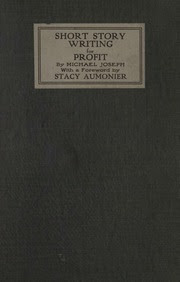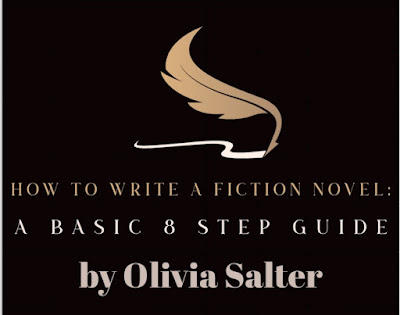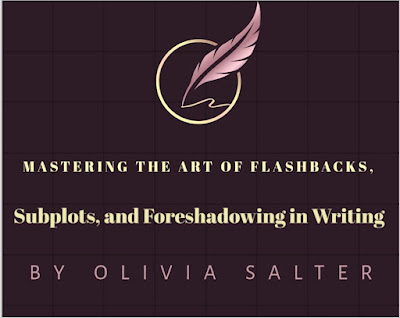FOREWORD BY OLIVIA SALTER
In the realm of literature, short stories hold a unique and cherished place. Within the confines of a few thousand words, these condensed narratives possess the power to captivate readers, elicit emotions, and leave a lingering impact. They are the gems of storytelling, providing an artful snapshot of life as varied as the imaginations that craft them.
For aspiring writers, the allure of short story writing is undeniable. With its inherent brevity, it offers a canvas upon which they can hone their skills, experiment with different styles, and explore a multitude of themes. But beyond the creative satisfaction that writing short stories brings lies an often overlooked potential for profit.
In Short Story Writing for Profit, Michael Joseph expertly guides us through the realm where art and commerce converge, offering insights garnered from his own journey as a successful short story writer. His years of experience in the field, coupled with his passion for storytelling, make him a trusted guide for those seeking both artistic fulfillment and financial rewards in their writing endeavors.
This book serves as a comprehensive roadmap, equipping writers with practical strategies to craft compelling short stories strengthened by intriguing plots, well-rounded characters, and immersive settings. Joseph delves into the intricacies of story structure, providing valuable advice on how to establish a strong beginning, build tension, and deliver a satisfying conclusion. His guidance encourages writers to explore different genres and experiment with various writing techniques, ultimately helping them carve out their unique voice.
Beyond the craft of writing itself, Joseph delves into the intricacies of the publishing industry. He shares invaluable tips on how to navigate the submission process, identify suitable markets for their work, and effectively promote their stories. His expertise in targeting the right publications not only maximizes the chances of publication but also increases the potential for financial success.
In Short Story Writing for Profit, Joseph emphasizes the importance of perseverance, resilience, and adopting a business mindset. Through his encouragement and practical advice, he inspires writers to see their short stories not just as creative expressions but as valuable assets with the potential to generate income. He sheds light on the various revenue streams available for short story writers, ranging from traditional publishing to self-publishing and even exploring adaptations for other mediums.
With each page, Joseph's passion and expertise shine through, offering a clear and concise guide for writers who aspire to make a profitable journey in the world of short stories. His honest and pragmatic approach not only reveals the opportunities but also acknowledges the challenges that come with this path.
As I read through the pages of Short Story Writing for Profit, I couldn't help but be inspired by the possibilities that Joseph eloquently presents. His words serve as a reminder that the realms of art and commerce need not be mutually exclusive and that creativity and profitability can beautifully intertwine.
Whether you are an aspiring writer seeking to share your stories with the world or an experienced author looking to diversify your writing portfolio, this book is a must-read. Michael Joseph's expertise, combined with his genuine passion for the art of storytelling, makes Short Story Writing for Profit your trusted companion on your journey towards artistic fulfillment and financial success.
Embrace the power of short stories. Dive deep into the world of writing with ambition, dedication, and an open mind. Let Michael Joseph be your guide as you set forth to create, publish, and profit from the beautiful art of short story writing.
Olivia Salter
08/26/2023
Buy a hardcopy of Short Story Writing for Profit by Michael Joseph at Amazon, or read it below.
The PDF might take a minute to load. Or, click to download PDF.
If your Web browser is not configured to display PDF files. No worries, just click here to download the PDF file.









![[Free Event] Science Fiction Writers' Week 2023 Returns [Free Event] Science Fiction Writers' Week 2023 Returns](https://blogger.googleusercontent.com/img/b/R29vZ2xl/AVvXsEiH5nrl60EzeUJWOl_DFsGESY1dpeaET0gcMfwZzwqfkH7WeyM5Hj2bKR6x-Rg4SNiYDwYko8Usl1z1t2LjT9iEUuETvK33BsGEvLJuCPHGYmeXWHxBiKWM7xZaOWzZ02hZLPtyXWyQVc3UymKRJ0lVSbhauq7KEaaj_nT8ZLfnqbOcUbcFAkhnxIkQ/w400-h400/0_FfUfDxVNf-kdCiw8.webp)
